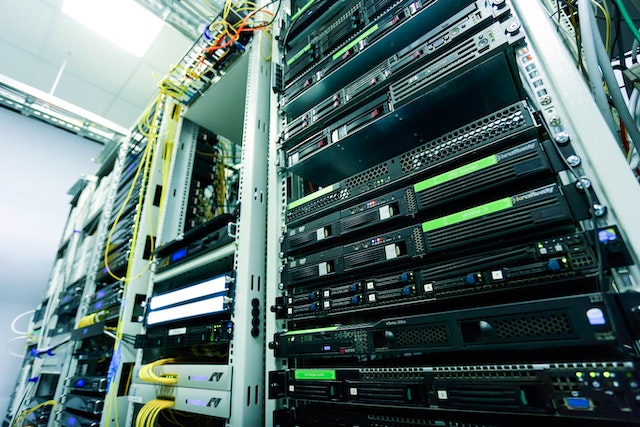Electrical work for IT rooms is a critical aspect of any technology-driven business. It involves the installation, maintenance, and repair of the electrical systems that power and support the IT equipment. Electrical work for IT rooms involves several tasks that are necessary to ensure the efficient and safe operation of the IT equipment. Here are some of the key components involved in electrical work for IT rooms:
- Power Distribution: Power distribution is the process of ensuring that electrical power is distributed to the various components of the IT room in a safe and organized manner. This includes installing circuit breakers, power distribution units (PDUs), and uninterruptible power supplies (UPS) to ensure a stable and reliable power source for the IT equipment. The installation of PDUs and UPSs is critical as they help to ensure that the IT equipment continues to operate even in the event of a power outage.
- Wiring and Cabling: Wiring and Data cabling are essential components of any IT room. They must be installed and configured in a way that allows for easy maintenance and future upgrades. This includes installing data cables and network cabling to connect the IT equipment to the network, and ensuring that the cabling is organized and labeled for easy identification and maintenance.
- Grounding and Surge Protection: IT equipment is vulnerable to power surges, which can cause permanent damage. Grounding and surge protection help to reduce the risk of electrical surges and prevent damage to the IT equipment. This involves installing grounding systems and surge protection devices to ensure that the electrical systems are stable and secure.
- Lighting: Adequate lighting must be provided in the IT room to ensure that the equipment can be monitored and maintained safely. The lighting must be bright enough to allow technicians to see the equipment clearly, but not so bright that it causes glare or eye strain.
- HVAC: The temperature in an IT room must be regulated to ensure that the IT equipment operates at its optimal level. HVAC (heating, ventilation, and air conditioning) systems must be installed and maintained to ensure a consistent temperature in the IT room. This helps to prevent overheating, which can cause the IT equipment to malfunction.
- Electrical Testing and Certification: Regular testing and certification of the electrical systems in the IT room are necessary to ensure they are operating safely and efficiently. This includes regular inspections, load testing, and other electrical safety checks. This helps to identify any potential problems early on and ensures that the electrical systems are functioning at their best.
Electrical work for IT rooms is a complex and technical task that requires specialized knowledge and skills. It is essential that a professional electrical contractor is engaged to handle this work to ensure the efficient and safe operation of the IT equipment. This will help to reduce the risk of electrical malfunctions and ensure that the IT equipment operates at its optimal level, reducing downtime and increasing productivity.



